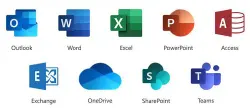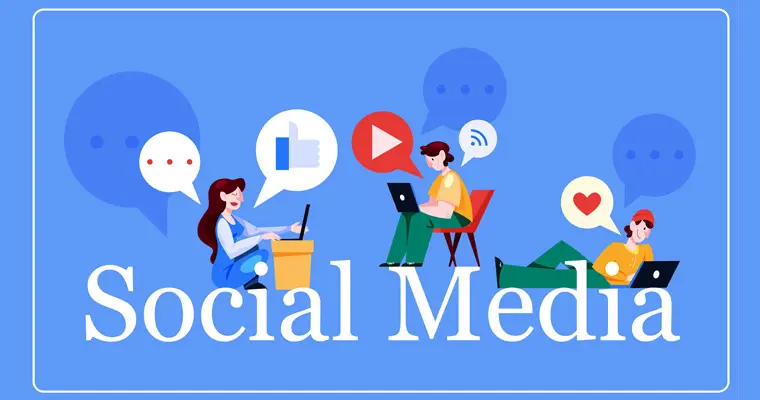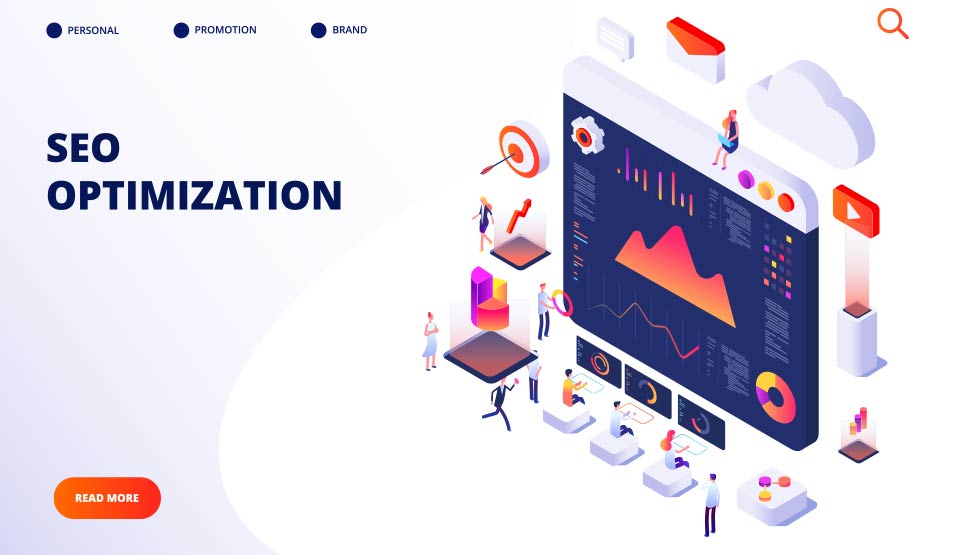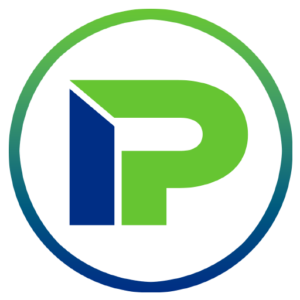In basic layman terms, search engine optimization (SEO) is what makes a website appear on the first page of a popular search engine like Google, Yahoo, and Bing. However, there are a lot of techniques involved behind the website that makes it easily recognizable by the search engine. The mere presence of a website online is of no importance now if it cannot be searched. It was at the start of the internet boom that websites appeared in the search engine results as they were created. Now it takes a lot of effort and technique in order to be reached on the web.
People create websites, not for themselves but to reach out to other people and create an online presence to be recognized. SEO helps in improving this visibility of the website. Since search engines now use specific algorithms to rank websites, the SEO methods and techniques provide the ability to a website to adhere to these algorithms.
Keywords and Links
It is all about keywords and links that make a website SEO friendly. A basic formula to understand is great content plus quality links are equal to search engine success. The SEO techniques target the search criterion that is based on text, images, and links. These are targeted based on web preferences. SEO methods deal with all the content and design of a website and create aspects that are easily recognizable by the search engines.
The techniques used in SEO may require editing the entire content of the website in order to make relevant keywords part of the content. Keyword implementation is a very important aspect of SEO. These are words or phrases that people search the website through. It is important for websites to have these keywords implemented in the content in order to rank high. The second important aspect is the structure of the website that should be easily navigated by the search engines. The simpler the code the better ranking the website will have.
Another popular method of SEO is the link generation that requires having various links through sources that point to the website. As the search engines find more links the popularity and ranking of the website will increase automatically.
SEO techniques can be classified into two broad categories: techniques that search engine companies recommend as part of good design (“white hat”), and those techniques of which search engines do not approve (“black hat”). The search engines attempt to minimize the effect of the latter, among them spamdexing. Industry commentators have classified these methods, and the practitioners who employ them, as either white hat SEO, or black hat SEO. White hats tend to produce results that last a long time, whereas black hats anticipate that their sites may eventually be banned either temporarily or permanently once the search engines discover what they are doing.
Categories of SEO
It is also important to understand that there are two categories of SEO, white hat SEO strategies and Black Hat SEO strategies. The white hat strategies use the natural methods to derive results whereas black hat strategies use various quick and illegitimate techniques that might provide a high ranking to a website but can also cause the site to be blacklisted if caught.
Evolution of SEO
The development in SEO techniques and methods are still evolving as newer ways are being developed to achieve high search engine rankings and generating relevant traffic through appropriate marketing. This is also because the search engines change their algorithms frequently and the SEO techniques need to be updated with them to perform better. SEO is the hype and need of today’s website needs and no site can survive the world of internet without them. It is now becoming mandatory for every business or personal websites that are looking to be popular.
















3 Responses
As a marketing strategy, SEO is not an appropriate strategy for every website, and other Internet marketing strategies can be more effective, such as paid advertising through pay-per-click (PPC) campaigns, depending on the site operator’s goals. Search engine marketing (SEM) is the practice of designing, running, and optimizing search engine ad campaigns.
Its difference from SEO is most simply depicted as the difference between paid and unpaid priority ranking in search results. SEM focuses on prominence more so than relevance; website developers should regard SEM with the utmost importance with consideration to visibility as most navigate to the primary listings of their search.
A successful Internet marketing campaign may also depend upon building high-quality web pages to engage and persuade internet users, setting up analytics programs to enable site owners to measure results, and improving a site’s conversion rate.
In November 2015, Google released a full 160-page version of its Search Quality Rating Guidelines to the public, which revealed a shift in their focus towards “usefulness” and mobile search. In recent years the mobile market has exploded, overtaking the use of desktops, as shown in by StatCounter in October 2016 where they analyzed 2.5 million websites and found that 51.3% of the pages were loaded by a mobile device.
Google has been one of the companies that are utilizing the popularity of mobile usage by encouraging websites to use their Google Search Console, the Mobile-Friendly Test, which allows companies to measure up their website to the search engine results and determine how user-friendly their websites are.
SEO may generate an adequate return on investment. However, search engines are not paid for organic search traffic, their algorithms change, and there are no guarantees of continued referrals. Due to this lack of guarantee and the uncertainty, a business that relies heavily on search engine traffic can suffer major losses if the search engines stop sending visitors.
Search engines can change their algorithms, impacting a website’s search engine ranking, possibly resulting in a serious loss of traffic. According to Google’s CEO, Eric Schmidt, in 2010, Google made over 500 algorithm changes – almost 1.5 per day.[64] It is considered a wise business practice for website operators to liberate themselves from dependence on search engine traffic.
In addition to accessibility in terms of web crawlers (addressed above), user web accessibility has become increasingly important for SEO.
In December 2009, Google announced it would be using the web search history of all its users in order to populate search results.
On June 8, 2010 a new web indexing system called Google Caffeine was announced. Designed to allow users to find news results, forum posts and other content much sooner after publishing than before, Google Caffeine was a change to the way Google updated its index in order to make things show up quicker on Google than before. According to Carrie Grimes, the software engineer who announced Caffeine for Google, “Caffeine provides 50 percent fresher results for web searches than our last index…” Google Instant, real-time-search, was introduced in late 2010 in an attempt to make search results more timely and relevant. Historically site administrators have spent months or even years optimizing a website to increase search rankings. With the growth in popularity of social media sites and blogs, the leading engines made changes to their algorithms to allow fresh content to rank quickly within the search results.
In February 2011, Google announced the Panda update, which penalizes websites containing content duplicated from other websites and sources. Historically websites have copied content from one another and benefited in search engine rankings by engaging in this practice. However, Google implemented a new system that punishes sites whose content is not unique. The 2012 Google Penguin attempted to penalize websites that used manipulative techniques to improve their rankings on the search engine. Although Google Penguin has been presented as an algorithm aimed at fighting web spam, it really focuses on spammy links by gauging the quality of the sites the links are coming from. The 2013 Google Hummingbird update featured an algorithm change designed to improve Google’s natural language processing and semantic understanding of web pages. Hummingbird’s language processing system falls under the newly recognized term of “conversational search” where the system pays more attention to each word in the query in order to better match the pages to the meaning of the query rather than a few words.[38] With regards to the changes made to search engine optimization, for content publishers and writers, Hummingbird is intended to resolve issues by getting rid of irrelevant content and spam, allowing Google to produce high-quality content and rely on them to be ‘trusted’ authors.
In October 2019, Google announced they would start applying BERT models for English language search queries in the US. Bidirectional Encoder Representations from Transformers (BERT) was another attempt by Google to improve their natural language processing but this time in order to better understand the search queries of their users. In terms of search engine optimization, BERT intended to connect users more easily to relevant content and increase the quality of traffic coming to websites that are ranking in the Search Engine Results Page.